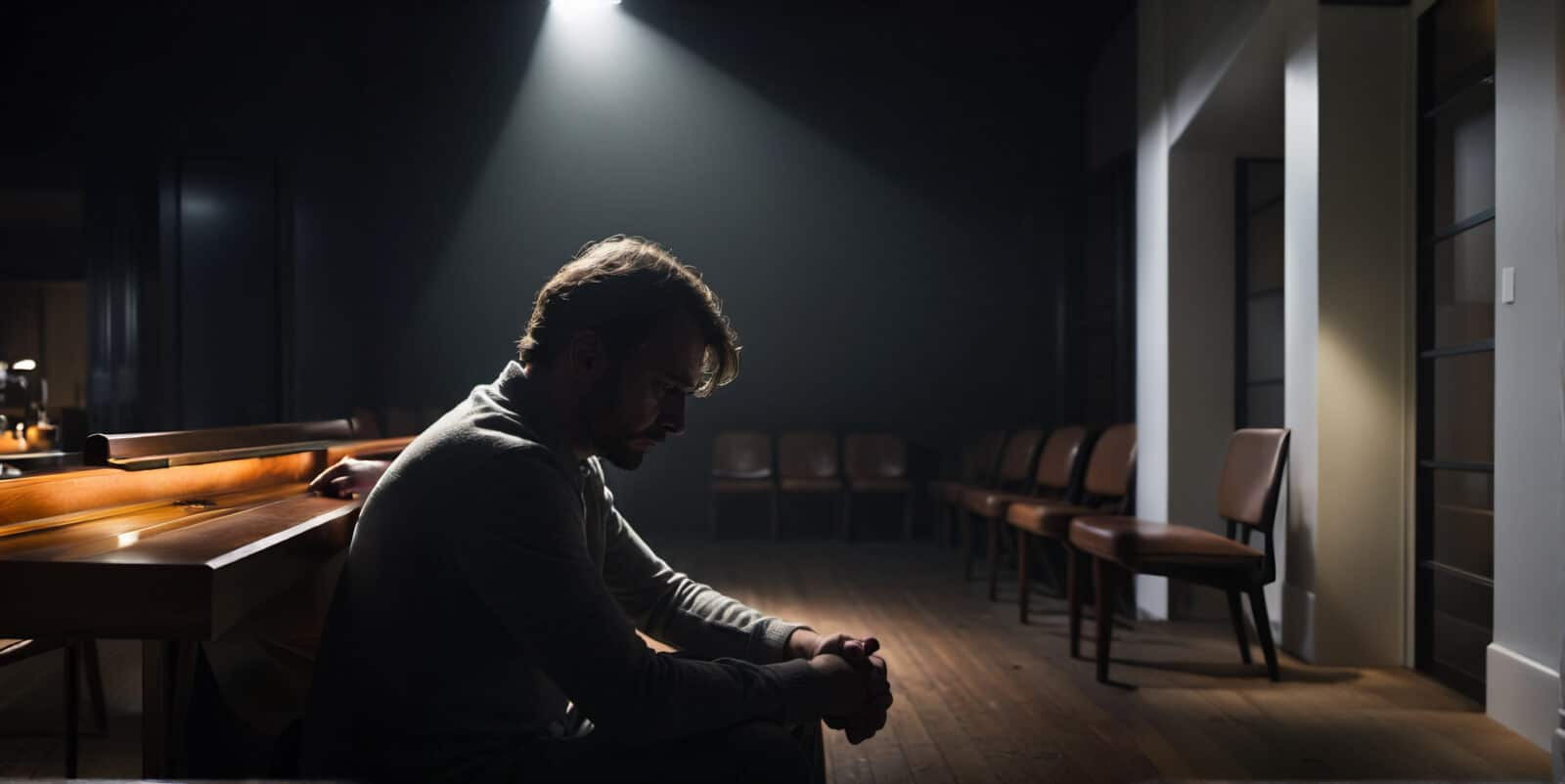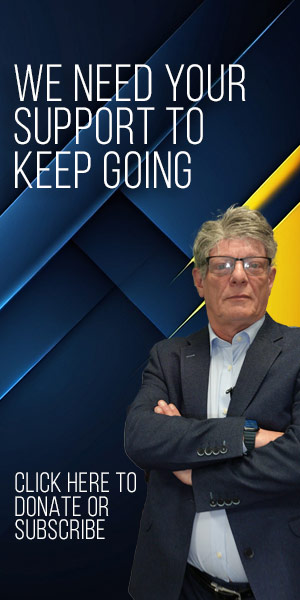Have We Reached an Age of Gender Equality?

In recent years, the conversation around gender equality has gained significant momentum, sparking debates and leading to various legislative and societal changes aimed at addressing historical imbalances. However, a growing perspective argues that while striving for equality, society may have inadvertently tipped the scales too far, resulting in new forms of inequality where men are increasingly left behind and unfairly vilified. This article explores the arguments and evidence suggesting that we have overshot the age of gender equality, creating an environment where men face unique and often overlooked challenges.
Double Standards in Education and Socialization
One prominent area of concern is the education system, which critics argue is increasingly biased against boys. The shift from linear to modular examination systems, which tend to favor girls’ learning styles, is one such example. Boys often face disciplinary actions for typical boisterous behavior, with teachers quick to recommend medication for what may be natural energy and restlessness. This early labeling and control can have long-lasting effects on boys’ academic performance and self-esteem.
Additionally, boys are rarely given the same level of encouragement to pursue careers in STEM (Science, Technology, Engineering, and Mathematics) fields as their female counterparts. While initiatives to increase female representation in these areas are laudable, they can sometimes result in boys receiving less support and motivation to achieve similar success.
Gender Quotas and Employment Discrimination
Gender quotas in the workplace, designed to correct historical gender imbalances, can inadvertently create new forms of discrimination. Men applying for jobs in certain fields, particularly those with aggressive diversity hiring goals, may find themselves at a disadvantage solely based on their gender. This can lead to a feeling of resentment and frustration, particularly when male candidates perceive that their qualifications and experiences are being overlooked in favor of meeting gender quotas.
The Dark Side of Gender-Based Policies
The focus on gender equality has also led to increased scrutiny of male behavior, sometimes to an extreme. Consent classes and pervasive messaging that men are “rapists in waiting” can contribute to a culture of suspicion and fear. While it is crucial to address issues of sexual harassment and violence, the narrative can sometimes unfairly paint all men with the same brush, ignoring the complexities of individual behavior and intent.
Moreover, false rape accusations, though statistically rare, can have devastating consequences for the accused. The stigma and legal battles that follow such accusations can ruin lives, irrespective of the final verdict.
Disproportionate Impact on Men’s Mental Health and Well-Being
The impact of these societal changes on men’s mental health is significant. Statistics show that men are disproportionately affected by issues such as suicide, homelessness, and workplace deaths. Around 76% of suicides are by men, highlighting a crisis in male mental health that is often overshadowed by other gender issues.
Furthermore, men face unique challenges in the legal system, such as disproportionate prison sentencing, biases in child custody battles, and a lack of resources for male victims of domestic violence. These issues contribute to a pervasive sense of neglect and misunderstanding of men’s specific needs and challenges.
Issues that Disproportionately Affect Men
- Paternity Fraud: Paternity fraud occurs when a man is incorrectly identified as the biological father of a child. This can lead to emotional and financial strain for men who are compelled to support a child that is not theirs. Laws in many jurisdictions do not adequately protect men from this form of deception.
- War: Historically, men have been the primary combatants in wars, suffering the majority of casualties and psychological trauma. This continues to be the case, with men representing the majority of military personnel in conflict zones.
- Workplace Deaths: Men are significantly more likely to work in high-risk occupations such as construction, mining, and law enforcement, leading to a higher incidence of workplace deaths.
- Suicide: As previously mentioned, men account for approximately 76% of suicides globally. Factors contributing to this include societal expectations, lack of mental health support, and the stigmatization of seeking help.
- Sentencing Disparities: Studies have shown that men receive harsher sentences than women for the same crimes. This disparity in the criminal justice system contributes to a higher incarceration rate for men.
- Life Expectancy: On average, men have a lower life expectancy than women. This can be attributed to a variety of factors, including higher rates of heart disease, occupational hazards, and reluctance to seek medical help.
- Child Custody and Child Support: In family courts, men often face biases that favor mothers in custody battles. Additionally, men are more likely to be ordered to pay child support, sometimes for children proven not to be theirs.
- False Rape Allegations: While rare, false rape allegations can destroy lives. The accused may face social ostracism, loss of employment, and severe psychological distress, even if proven innocent.
- Criminal Court Bias: Men often face a biased criminal justice system that tends to impose harsher sentences on them compared to women for similar offenses.
- Misandry: Societal bias against men, or misandry, manifests in various ways, from negative portrayals in media to institutionalized gender discrimination.
- Failure to Launch: This phenomenon refers to young men struggling to transition into independent adulthood, often due to economic factors, educational challenges, or societal pressures.
- Homelessness: Men constitute a significant majority of the homeless population, often due to factors such as unemployment, mental illness, and lack of social support.
- Infant Male Genital Mutilation: Male circumcision, performed for cultural or religious reasons, can have long-term physical and psychological effects, yet it remains a largely unchallenged practice.
- Lack of Parental Choice Once a Child is Conceived: Men have limited reproductive rights once a child is conceived, lacking the same level of choice as women in decisions regarding parenthood.
- Lack of Resources for Male Victims of Domestic Violence: Services for male victims of domestic violence are scarce. At present, there are just 144 refuge places for women and only 1 for men, leading to underreporting and insufficient support for men in abusive situations.
While the pursuit of gender equality remains a vital and noble goal, it is essential to recognize and address the unintended consequences that have arisen. The issues faced by men today are complex and multifaceted, requiring a balanced approach that does not swing the pendulum of inequality in the opposite direction. This article is not intended to diminish the challenges faced by women but to acknowledge and highlight the specific issues that disproportionately affect men. It is crucial to foster a society where both men and women can thrive, free from discrimination and bias. By incorporating men’s needs and understanding into social, media, and political spheres, we can work towards achieving true equality for all.








